As Ironman Triathlon athletes embark on their travels to conquer the ultimate endurance test, it is crucial to recognize the profound importance of rest and recovery in maximizing performance and achieving success. The rigorous demands of this grueling race require athletes to push their bodies to the limit, and traveling to compete adds a unique set of challenges that can negatively impact their overall well-being and performance.
Traveling, with its inherent stresses and disruptions, places a considerable burden on an athlete’s body and mind. Adjusting to different time zones, cultural nuances, unfamiliar food habits, and the general upheaval of routine can throw an athlete off balance. These factors, if not managed effectively, can lead to fatigue, compromised immune function, and even injury.
Proper rest and recovery play a pivotal role in mitigating the detrimental effects of travel on an athlete’s performance. Taking the time to recharge and rejuvenate not only allows the body to repair itself from the physical strain of training and competing but also provides an opportunity for mental and emotional restoration.
In this blog post, we want to explore the importance of rest and recovery during Ironman triathlon travel. We want to discuss the challenges of traveling for races, the impact of travel on rest and recovery, and provide tips and techniques for athletes to ensure they are adequately rested and prepared for race day.
What is the Ironman Triathlon?
The Ironman Triathlon, a supreme test of human endurance, combines three arduous disciplines – swimming, cycling, and running – into one formidable race. Originating in Hawaii in 1978, this iconic event was born out of a friendly debate among athletes, challenging their limits and pushing the boundaries of what was considered possible.
Since then, the Ironman Triathlon has evolved into a global phenomenon, attracting athletes from all walks of life.
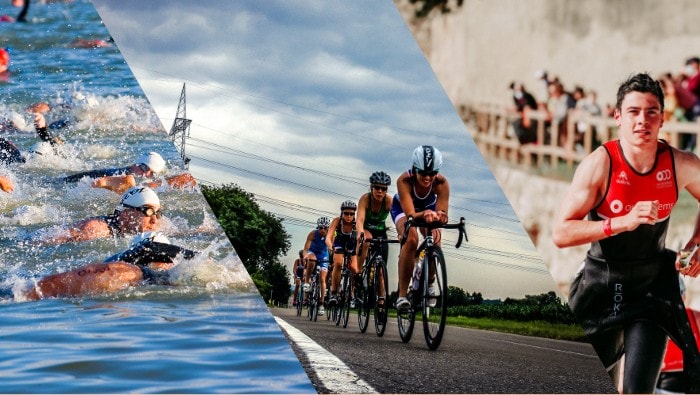
The challenges faced by participants in the Ironman Triathlon are both physical and mental. To complete this draining race, athletes must summon unparalleled strength, resilience, and determination. The 2.4-mile (3.86 km) open water swim tests their aquatic prowess and demands adaptability to ever-changing currents.
Transitioning to the 112-mile (180.25 km) bike ride, competitors endure demanding terrains and battle against fatigue. Finally, the ultimate test awaits – a full marathon of 26.2 miles (42.2 km) that pushes the limits of physical and mental endurance.
The global reach of the Ironman Triathlon offers athletes the opportunity to compete in breathtaking locations across the world. From the scenic landscapes of Kona, Hawaii, where the race originated, to iconic destinations like Lake Placid, New York, and Cairns, Australia, participants can experience the thrill of racing in diverse settings.
Travel options vary, with athletes able to choose from a range of accommodations, local transportation, and cultural experiences, making the Ironman Triathlon a truly immersive and unforgettable journey.
The Importance of Rest and Recovery in Ironman Triathlon
Rest and recovery are vital components of training for the rigorous Ironman Triathlon. In this ultimate test of endurance, where athletes swim, cycle, and run for miles on end, the significance of allowing the body and mind to recuperate cannot be overstated. A well-planned and executed rest and recovery strategy can make all the difference in an athlete’s performance and overall well-being.
Let’s explore the significance of rest and recovery, both physically and mentally, and how they contribute to an athlete’s success in this ultimate endurance challenge.
Rest and recovery play a crucial role in injury prevention. Athletes who do not give their bodies enough time to recover can suffer from overuse injuries, which can lead to pain and discomfort and may even prevent them from competing.

Rest and recovery also help to prevent mental burnout. Endurance training is mentally challenging, and athletes who do not take the time to rest and recover may find it difficult to maintain the motivation and focus needed to continue their training.
Rest and recovery also improve performance. During rest, the body is able to repair muscle fibers, build new muscle tissue, and replenish glycogen stores. This process helps to increase strength, endurance, and overall performance. Rest and recovery also help to reduce inflammation and muscle soreness, allowing athletes to train at a higher intensity without experiencing pain or discomfort.
Furthermore, rest and recovery are critical for mental health. Ironman triathlon is a demanding sport that requires a significant amount of mental focus and resilience. Without proper rest and recovery, athletes may experience increased stress levels, anxiety, and even depression. Rest and recovery allow athletes to clear their minds, reduce stress levels, and improve their overall mental well-being.
By giving the mind time to rest, athletes experience improved mental clarity, enabling them to develop strategies, refine technique, and make smarter decisions during training and the race itself.
In the world of Ironman Triathlon, the significance of rest and recovery cannot be overlooked. Beyond the intense physical demands, taking time to rest and recover is essential for overall performance and well-being.
Proper rest reduces the risk of injury, enhances endurance, and refuels the body’s energy stores. Mentally, rest fosters motivation, sharpens focus, and mitigates burnout.
Traveling for an Ironman Triathlon
Ironman triathlon athletes often travel long distances to participate in races, which can add an additional challenge to their training routines. Traveling can disrupt an athlete’s regular routine and impact their ability to rest and recover adequately. Here are some of the challenges athletes may face when traveling for an Ironman triathlon:
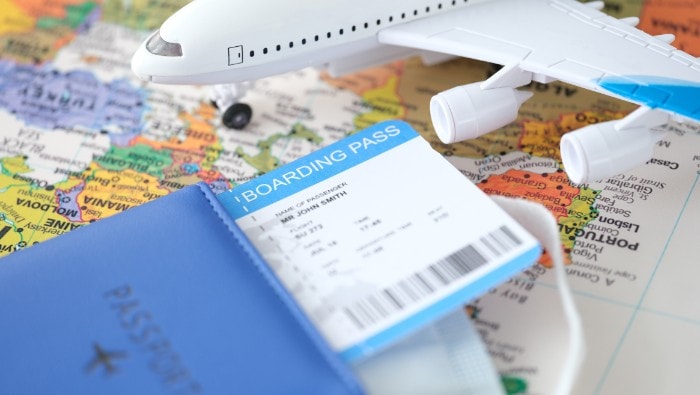
Jet lag:
Traveling across different time zones can disrupt an athlete’s sleep pattern and make it difficult to adjust to the new time zone. This can impact an athlete’s ability to rest and recover, which can have a negative impact on their performance.
Read more about how to manage Jet lag.
Discomfort during travel:
Taking off for long hours in cramped conditions can cause physical discomfort and increase the risk of injury. Athletes should take care to move around and stretch during flights to minimize the risk of blood clots or other injuries.
Change in the environment:
Athletes may find it challenging to adjust to new surroundings, including different weather conditions, unfamiliar foods, and new training facilities.
Lack of access to recovery resources:
When taking off, athletes may not have access to their regular recovery resources, such as foam rollers, massage therapists, or ice baths. This can make it challenging to recover adequately and may impact their performance on race day.
Despite these challenges, there are several strategies athletes can use to ensure they are adequately rested and recovered while traveling for Ironman triathlon:
Plan ahead:
Athletes should plan their travel itinerary to allow for adequate rest and recovery time before and after the race. This may involve arriving a few days before the race to adjust to the new time zone and allow time for recovery.
Pack recovery tools:
Athletes should pack recovery tools such as foam rollers or massage balls to use during travel and after the race. This can help to reduce muscle soreness and improve recovery.
Stay hydrated:
Drinking enough water is crucial for recovery and can help athletes to adjust to the new environment. Athletes should carry a refillable water bottle and drink regularly during their travel and throughout the race.
Take rest breaks:
Athletes should take regular breaks during long flights or car rides to move around and stretch. This can help to prevent stiffness and reduce the risk of injury.
In summary, Ironman triathlons can be challenging, but with proper planning and preparation, athletes can ensure they are adequately rested and recovered for race day. By prioritizing rest and recovery during travel, athletes can optimize their performance, reduce the risk of injury, and maintain their physical and mental well-being.
Rest and Recovery Techniques
There are several techniques that Ironman triathlon athletes can use to prioritize rest and recovery during their training and after the race. Here are some of the most effective rest and recovery techniques:
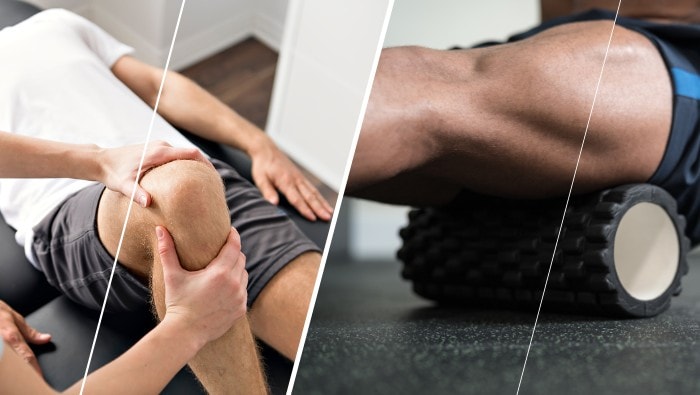
Sleep:
Sleep is one of the most important components of rest and recovery. Athletes should aim to get at least 7-8 hours of sleep per night to ensure adequate recovery. Athletes can also take power naps during the day to improve alertness and reduce fatigue.
Nutrition:
Proper nutrition is essential for recovery. Athletes should consume a diet that is rich in carbohydrates, protein, and healthy fats to provide the body with the nutrients it needs to repair and rebuild muscle tissue. Athletes should also stay hydrated by drinking enough water and electrolyte-rich fluids.
Stretching:
Stretching can help to reduce muscle soreness and improve flexibility. Athletes should stretch regularly after workouts and on rest days to improve recovery. Dynamic stretching before workouts helps warm up muscles, while static stretching post-workout promotes relaxation and lengthening of muscles.
Stretching increases blood circulation, reduces muscle tightness, and aids in muscle recovery. Allocate 10-15 minutes to perform both dynamic and static stretches before and after training sessions.
Massage:
Massage can help to reduce muscle tension, increase blood flow, and improve recovery. Athletes can use massage balls to self-massage, or they can seek the services of a professional massage therapist. Consider scheduling regular massages throughout your training plan, particularly during peak training periods, to optimize recovery and performance.
Foam Rolling:
Foam rolling involves using a cylindrical foam roller to massage and releases tension in muscles. By applying pressure to specific areas, athletes can improve circulation, reduce muscle soreness, and enhance flexibility. Foam rolling should be performed before and after workouts, targeting major muscle groups. Aim for 1-2 minutes per muscle group.
Ice baths:
Ice baths can help to reduce inflammation and muscle soreness after intense workouts. Athletes should immerse themselves in cold water for 10-15 minutes to experience the benefits of an ice bath.
Compression garments:
Compression garments can help to reduce muscle soreness and improve circulation. Athletes can wear compression socks, sleeves, or shorts during or after exercise to improve recovery.
Active recovery:
Active recovery involves engaging in low-intensity exercise such as swimming, cycling, or yoga to improve circulation and reduce muscle soreness. Active recovery can also help to maintain fitness levels during periods of rest.
In summary, Ironman triathlon athletes can use several techniques to prioritize rest and recovery during their training and after the race.
By incorporating sleep, proper nutrition, stretching, massage, ice baths, compression garments, and active recovery into their routine, athletes can improve their performance, reduce the risk of injury, and maintain their physical and mental well-being over the long term.
In the world of Ironman Triathlon travel, rest and recovery should be revered as the unsung heroes of success. Athletes must recognize the significance of these crucial elements in optimizing their performance.
By prioritizing rest and recovery, athletes can counter the challenges of travel, recharge their bodies, and nurture their mental well-being.
Implementing strategies such as proper nutrition, sleep patterns, hydration, stretching, and incorporating various recovery techniques can help athletes overcome the obstacles of travel and arrive at race day feeling refreshed, rejuvenated, and ready to conquer new milestones.
So, athletes, remember to honor your body’s need for rest and recovery, for they hold the key to unlocking your ultimate potential in the Ironman Triathlon journey.


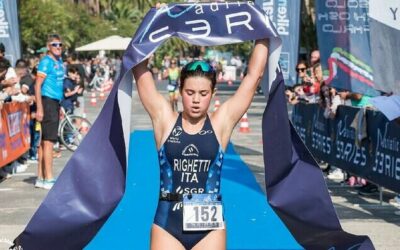
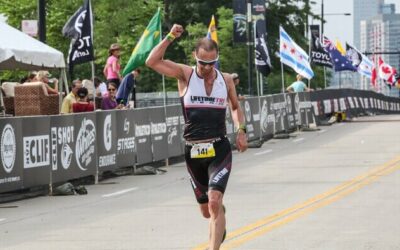
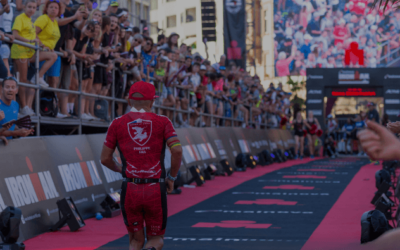
0 Comments